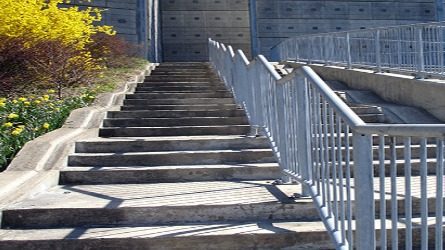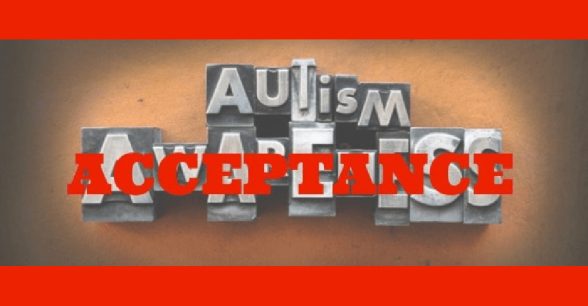Visibility Will Make Communities More Accessible to the Disabled
Twenty-seven years. That’s how long it’s been since the passing of the Americans with Disabilities Act (ADA) of 1990. Absorbing that it’s been a little over a quarter century since the ADA’s enactment and acknowledging work of many forebears, I still find it deeply concerning that universal access is such a “unicorn” – something dreamt about, but not based in reality.
The disability community numbers at about 57 million per the 2010 US Census. We live, shop, dine, work, and socialize in our local communities. When a venue is inaccessible and/or unaccommodating to people with disabilities, there’s no choice but to take our business elsewhere. Sometimes this means traveling outside of the local community, which is a loss for both parties, since the business and consumer lose out on potential patronage. And disabled people get the message that we are not welcome in our own communities.
I’ve been working on this particular concern in my own community for over 10 years now. The project has seen little movement, but in that time I’ve made many strides in self-awareness and sharpened my advocacy skills. It’s given me an increased understanding of the business world and some of the behind-the-scenes administrative red tape that often impedes progress. Through my service on disability-related boards, I’ve convened with various folks to have dialogues raising awareness that we, too, are residents and require equal access to resources. Anything less is segregation and discrimination.
I am frustrated at lack of accessibility in local businesses that have yet to embrace universal design concepts. It’s really difficult to “shop local” if you’re a person with compromised mobility or even a parent with a stroller and can’t gain entry due to stairs, narrow doorway/aisles, inaccessible restrooms/parking, etc. Why more small businesses aren’t utilizing matching grant programs and tax incentives to make their businesses accessible is a headscratcher.
The structural inaccessibility and lack of welcoming spaces is likely due to the lack of visibility of the disability community, both on a local and national level. Our substantive input is not often chronicled from comprehensive angles across the media landscape. I am a disabled Black woman, mother, caregiver, and advocate, but more often than not, media doesn’t depict this reality. Instead, it swings from sadness to “supercrip” narratives, casting a reductive light. We are not regarded as people capable of running households, agencies and organizations, being parents, party-goers, business-owners, etc. Perhaps this is the reason mundane “achievements” and completion of errands by disabled people are met with surprise and raised-eyebrows.
Going forward, as we move toward 30-year mark of the ADA’s passage and beyond, my hope is that universal access becomes widely-practiced, that disabled persons of all stripes and marginalized identities have freedom of patronage and peace of mind with no barriers of any kind. Maybe then more folks will make the connection that we are a normalized part of the community and every interaction won’t be so newsworthy that evokes pity or praise.
About Rooted In Rights
Rooted in Rights exists to amplify the perspectives of the disability community. Blog posts and storyteller videos that we publish and content we re-share on social media do not necessarily reflect the opinions or values of Rooted in Rights nor indicate an endorsement of a program or service by Rooted in Rights. We respect and aim to reflect the diversity of opinions and experiences of the disability community. Rooted in Rights seeks to highlight discussions, not direct them. Learn more about Rooted In Rights



